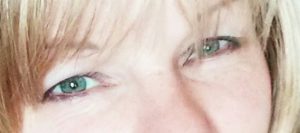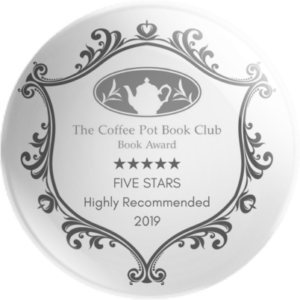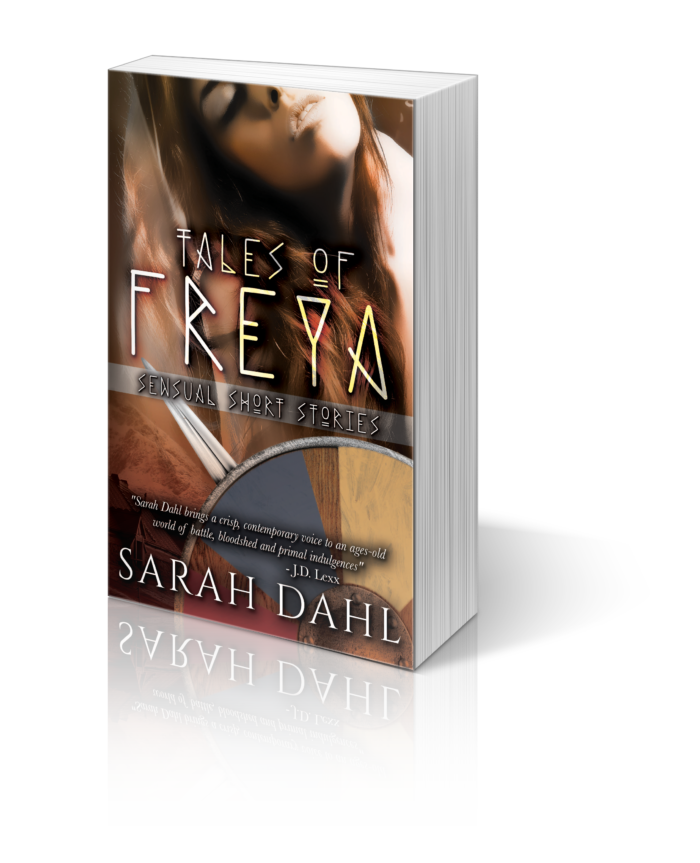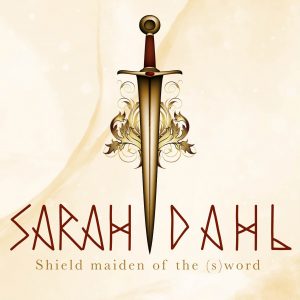The Female Gaze: What’s the revolution?
 As an empowered, confident woman I didn’t at first realise why I am so in love with series like Vikings and Outlander. Yes, my gaze finds amazingly attractive men there, but the attraction is NOT (primarily) about watching muscles work, relish handsome faces and rugged fighting. It’s about empowering the women characters and equating the sexes. It’s a shift in POV and agency. I’ll explain why a female gaze completes author’s world-building and satisfies both male and female audiences. And how Outlander and Vikings deliver both.
As an empowered, confident woman I didn’t at first realise why I am so in love with series like Vikings and Outlander. Yes, my gaze finds amazingly attractive men there, but the attraction is NOT (primarily) about watching muscles work, relish handsome faces and rugged fighting. It’s about empowering the women characters and equating the sexes. It’s a shift in POV and agency. I’ll explain why a female gaze completes author’s world-building and satisfies both male and female audiences. And how Outlander and Vikings deliver both.
For a female audience: her gaze is admiring, and powerless
The female gaze is NOT that at a strong, handsome man, it is not what many romance covers display (the woman held like an admiring, willing prize who needs to be guided and dominated — even if she chose him to do so). In some stories the plot follows suit with such an imbalance of power. I won’t dismiss such stereotyped covers and plots as second-rate, they are good entertainment (if they are well-written, I’d say) for a huge audience. But personally, I can’t stand the half-naked-alpha-holding-admiring-beauty-covers and predictable plots, and I’d love to see more romance which is female-centric and empowering. Because, which power over their men do these heroines hold apart from their beauty and grace?
Is that all we can think up for female characters, in these modern times?
For a male audience: the male gaze wants boobs and heroes?
Still today, most stories on screen are directed, filmed and even screen-written by men. And it shows. Women-characters are secondary, displayed as sexy whenever possible, often with hilarious costumes just so the male gaze is satisfied (it needs cleavage, tight-fit, skin, skin, skin …), and a male plot is often simple in that women are side-kicks at most, and otherwise the cast is predominantly male. The women have to be rescued by the hero (look above, didn’t we just discuss this plot for “typical” romance?), they are prizes to be won as reward, because if he fights bravely enough, she will of course fall for him, because that is what men want to see, right?
Is this doing the male audience justice? And do women really want a one-dimensional hero for their home and bed? Uhm. Wait a moment. The male gaze is predominant since filming was invented, because men make movies. A strong hero seems to work for both male and female audiences: I too, do enjoy an action-packed Bond-movie. But I won’t praise the cardboard-characters and old-fashioned writing. Even a Bond would profit from a more female gaze. And more women in the cast. It doesn’t have to be high literature.
Sadly, even hugely successful modern stories like Game of Thrones employ the male gaze (as Maureen Ryan analyses). The skin displayed is for men to enjoy, put there by men. Women are not the intended enjoyers of the view, and so there is half an audience being ignored. I’ll direct your gaze towards a completer picture:
Outlander’s revolution: the female gaze empowers and equates
So what was all the fuss about the Outlander wedding episode?
Maureen Ryan and Roxane Gay analysed brilliantly why the female gaze is overdue and changes the whole perception of what really sexy scenes can be. For both men and women. Their best example was the wedding episode in Outlander, which was, and this is extraordinary, written and directed by women! Now this is notable. The gaze had to shift, and a balance was created that increased the value for the audience. Of course, Claire is a strong female lead and this alone is sadly rare, but especially for the love-making they asked women to bring it to life …
So what did this female gaze directed by women do?
The seduction shown is not revolutionary or complicated in technique, Jamie and Claire do it like most of us did at some point (clumsy and rushed?), and we can relate. But the revolution is:
- They employ the woman’s POV, from start to finish. It’s about her emotions, her growing desire, her sexuality. She guides him, she decides when they do what, she even asks him to strip for her so she can feast her eyes on his admittedly mouth-watering body.
- Their foreplay is unaggressive and non-sexual. Their foreplay is not about him finding her erogenous zones, it’s not to prepare her for his penetration. He is inexperienced. And she is emotionally torn, unsure what to do. So they first get to know each other, they find common ground and bond emotionally. It is clear that they both find each other attractive, that’s not new, but new is that we get more than two attractive bodies! They talk and laugh and steal glances. It’s Jamie’s secret, vulnerable, admiring gaze on her that makes ME as a viewer hot (oops). And Claire also caresses him with her eyes.They really build up an interest and desire for each other’s persona, not only each other’s body.
- They seduce in equal measure. It’s neither her popping out some boobs to make him drop to his knees, nor him cornering, overpowering her. They stand in the middle of the room and their touches are equally soft and shy and exploring. We can dismiss his first, inexperienced mating, which is so realistic in that he comes within seconds while she almost yawns with boredom. But after that, Claire slows things down again (I always hoot for slow) and she takes over. He lets himself be guided, therefore equating their standing, and they both get the most out of it. Both their touches and gazes are central!
- Her desire is the central viewpoint. As this episode was shot and written by women, we can see her eyes on his body, there is probably more naked Jamie than Claire, and it’s not objectifying but admiring (of body and soul, because, sigh, Jamie is just lovable). The directors were not ashamed to show her sexuality, Claire is confident, educated, and just as desiring as Jamie, and she is not a reward for him or another notch in his bedpost, but she gets herself what she wants without diminishing him or what he wants. She makes him strip first, to openly admire his beauty, but then he wants her to follow suit. The genius in this is that:
- Jamie, the man, is a virgin. So he is insecure, careful in his approach, he doesn’t know the best technique, needs guidance. But not to an extent that makes Claire his teacher and superior: “If I need guidance, I’ll ask,” he says. But she has to take over to show him how to pleasure a woman, he can’t sniff out how female desire works, and it’s realistic and lovely that 1) she orgasms at all! Wow, rarely seen on screen (I love Roxane’s comment on this: “Unicorns are real!” 2) he didn’t aim for it and is surprised and even worried he hurt her! He is not the omnipotent alpha-male, but her desirable, intuitive student.
- And when he finally learns, their bodies unite on eye-level (probably consciously shown like that by the woman-filmmakers): she sits on his lap, nobody is leading, they can look each other in the eyes. This is what I call empowering them both.
Therefore, Outlander’s wedding is a perfect example of how the female gaze can positively dominate and complete a scene, for both men and women audiences.
In Part 2 of this post I’m shifting my gaze, showing how the male gaze causes incomplete world-building, and how History’s Vikings is revolutionary in incorporating the female gaze.
I’d love to read your comments below! Do you agree that the female gaze is often still neglected, where it could add so much depth and shift or complete stories? Go ahead and tell us about your reading/viewing-experiences or writing-attempts!




Comments (5)